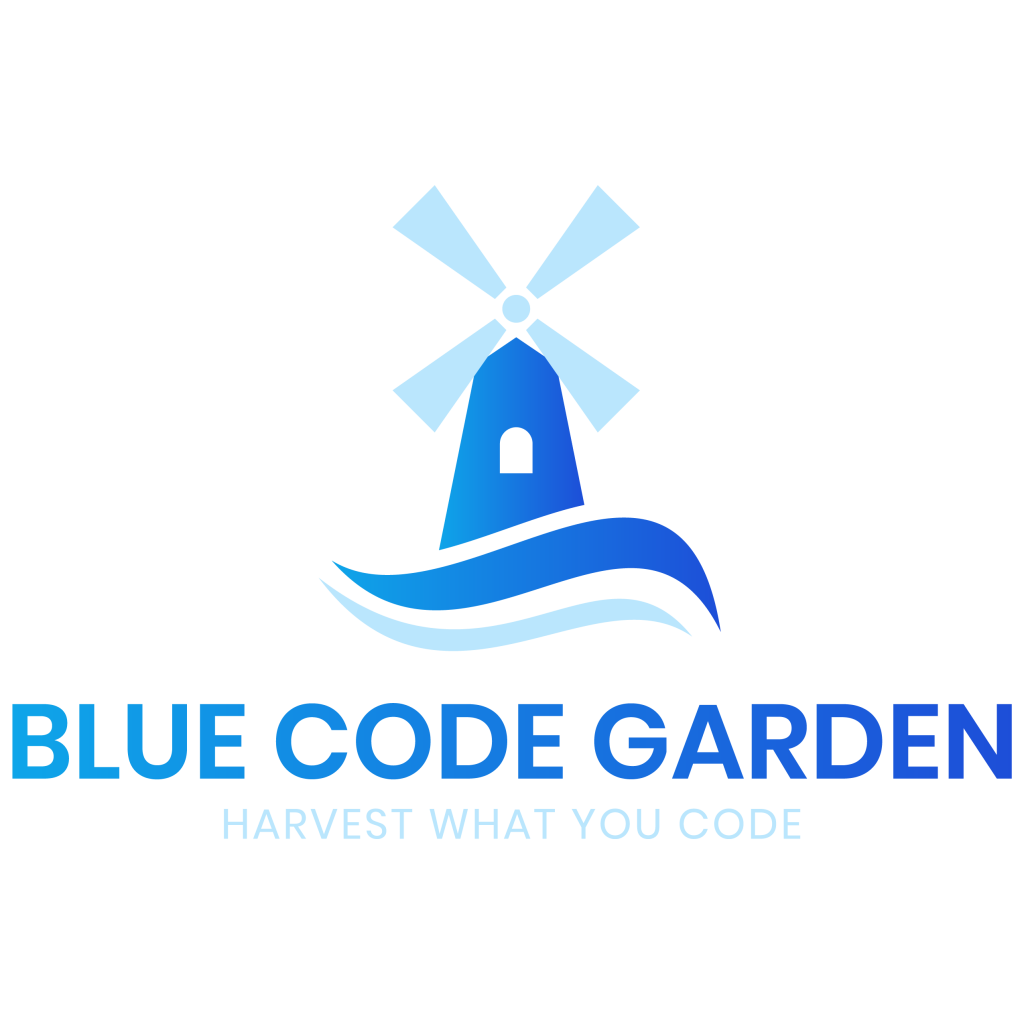We develop successful applications, platforms, and systems collaboratively. While we are experts in software, you, as the customer, possess knowledge about your users and the specific industry you operate in. By combining our strengths, we can create something that truly adds value. Clear communication and goal-setting are essential. The better we understand your objectives or the problems you intend to solve, the better we can assist you in finding the right solution.
At Blue Code Garden, we have been developing software for over 10 years, and we have formulated a vision. This vision comprises several components we consider important, such as making realistic choices, continuous development, and exceeding expectations.
Why custom solutions
We specialize in custom software development. Our experience shows that an application developed for a large user base rarely aligns well with individual needs. In practice, this often requires compromises. Custom solutions reverse this approach: your desires and workflows are the starting point, and we develop tools that perfectly match them.
Ivo Pauly-Koelewijn, Director: “We’re big fans of custom software, but we also stay realistic. Organizations must make a good decision. If it involves a standardized process, such as billing, which works similarly for many organizations, then standard software might be the better choice. However, if it pertains to an organization-specific process or if you want to maximize IT’s potential for your organization, then custom solutions are indispensable.”
MoSCoW methodology
Ivo: “Many organizations use the MoSCoW methodology when developing software. It’s a prioritization method that divides features into four categories: Must-haves, Should-haves, Could-haves, and Won’t-haves. While this model is practical, it does place features that are not essential but make the product unique at the bottom of the priority list. At Blue Code Garden, we work with the KANO model. This model categorizes features into three groups: Must-haves, Performance-haves, and Exciters. It’s crucial to strike a balance between what the product must minimally contain (MVP = minimum viable product) and a few exciters that exceed your customers’ expectations.”
Continued development and maintenance
To us, a software product isn’t “finished” after going live. Technology doesn’t stand still, and new possibilities emerge to help you stay ahead of the competition. Additionally, your company evolves, and your software system must grow with it. At Blue Code Garden, we view software development as an ongoing process. We consider this during development by building a solid and scalable foundation. After product delivery, we remain engaged in ongoing development. Every six months, we identify new opportunities and potential for further automation. This keeps our clients at the forefront, and it has allowed us to build many long-term relationships. Furthermore, we have a strong focus on security. Security techniques, like threats, evolve and must be kept up-to-date. We ensure that the software is updated to the latest version and equipped with the latest security measures.
Creating integrations
Creating connections between systems and data is a vital step in evolving a digital system. By exchanging data, you can work more efficiently. Automation eliminates much manual work, saving time and costs. Additionally, you can focus solely on work you genuinely enjoy.
Our approach
The success of our collaboration hinges on a proper approach. With over 10 years of experience, we’ve fine-tuned our methodology.
Deep Dive/Preparation
We don’t jump into development immediately. It’s crucial to first define the business case, ensuring your project aligns with the market. After confirming the basics, we begin backlog sessions, where we translate the assignment into a product backlog. We prioritize these items, distinguishing between essential and less critical functionalities. The team then estimates these functionalities relative to each other. We create a roadmap to outline expectations.
Development in Sprints
In the development phase, the scrum team works on functionalities in two-week sprints. We start each sprint with a planning session, detailing the sprint. At the end of the sprint, we present a piece of functionality to you via a demo, facilitating feedback. After ten sprints, we deliver the final product and conduct the acceptance test. Once the last bugs are resolved, the software goes live.
Support and Maintenance
After the launch, we don’t leave you stranded. The development team remains active with the product for around a month, optimizing performance and addressing feedback or bugs. After this, the product transitions to our support department, ensuring (security) certificates are up-to-date, the server remains operational, and any issues are resolved. Ideally, we also remain engaged in the product’s ongoing development. We schedule (semi)annual evaluations to identify new opportunities or areas for further automation.

